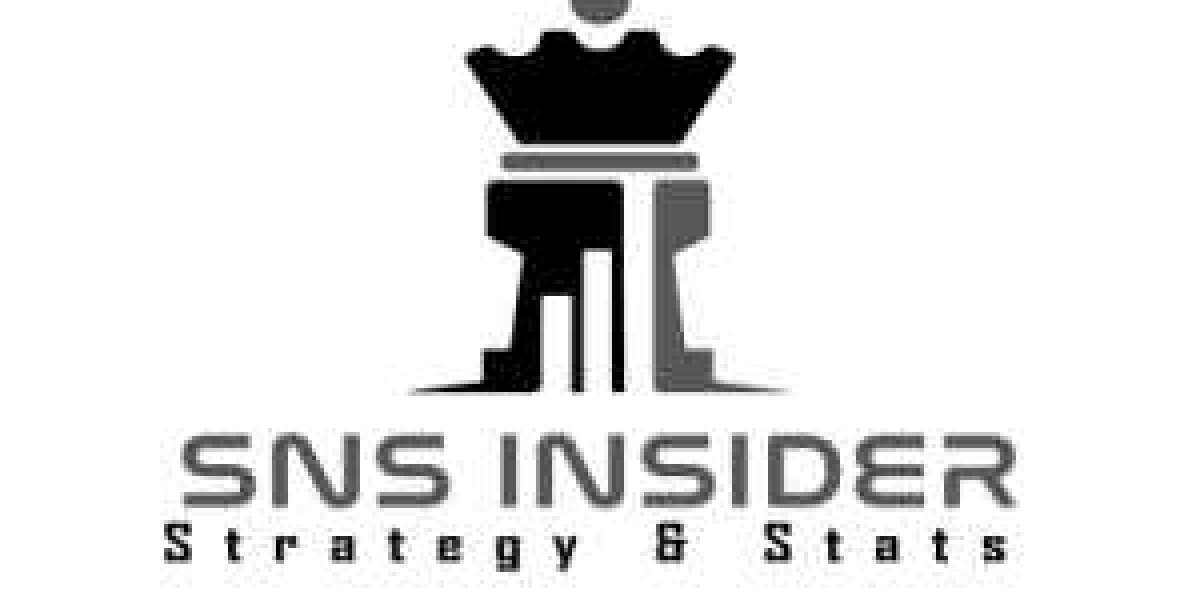Is your cash flow stable? Do you get paid on time? Is your accounts receivable team efficient? To answer these questions, you must measure the key performance indicators (KPIs) affecting your accounts receivable process.
Managing your accounts receivable (AR) processes keeps your cash flow consistent, allowing you to fund your projects and handle your payroll efficiently. However, an inefficient cash flow affects the financial health of your business, straining your business. Late-paying clients, invoicing disputes, and inefficient payment processes are common reasons for impeding cash flow.
To improve your cash flow, you must know which AR function is hurting you; measuring KPIs is essential for that.
What makes an efficient accounts receivable process?
Before diving into the KPIs to measure AR efficiency, it is essential to understand the general indications of a strong AR process. The following are some standard pointers to make an efficient AR process.
- Getting paid promptly: The credit sales keep your cash captive. You must collect your accounts receivables promptly to unleash your cash flow.
- Reducing bad debt: This is another sign that highlights the efficiency of your financial returns. If your overdue payments remain outstanding for longer, the risk of bad debt increases.
- Resolving disputes: It is crucial for your cash flow to manage your invoice and payment related disputes efficiently. Else, you don’t get paid until your disputes are resolved. A lack of dispute resolution may lead to bad debt.
- Maintaining Customer Relationship: Ensuring positive customer experiences and maintaining communication affects the client-vendor relationship. A gap or disruption in your communication can lead to client attrition or revenue loss.
7 Must-Track KPIs to Measure AR Efficiency
Though a long list of KPIs is available to measure the efficiency and potential of your accounts receivable management. This section will focus on the top metrics that can be used to assess AR efficiency and provide a clear snapshot of your business's performance.
1) Days Sales Outstanding (DSO)
One crucial metric to track accounts receivables is the day's sales outstanding (DSO). It measures how quickly your customers are paying their invoices. Often, this metric is referred to as a general measure of your collection practices. Alternatively, it is known as debtor days or accounts receivable days.
You need to keep the DSO lower, signifying efficient collections of accounts receivable practices. A higher DSO indicates you are not collecting your cash efficiently, or the time from credit sales to cash received is longer.
How to calculate DSO?
DSO = (accounts receivable/total credit sales) x Number of days
2) Average Days Delinquent (ADD)
Another relevant KPI that measures how long a customer can pay their invoices after they are due is average days delinquent or ADD. It is an essential metric because it lets you forecast the bad debt that will affect your business. Businesses measuring this metric can predict the high-risk accounts that may cause a bad debt, hurting their financial health.
Once you know about the high risk clients, you can tackle them before they become bad debt. To determine the ideal ADD value for your business, it's essential to identify the industry average since it can vary across different industries.
How to calculate ADD?
The formula to calculate ADD is presented below, where regular DSO and the best DSO vary according to the industry.
ADD = regular DSO – best possible DSO
3) Accounts Receivable Turnover Ratio (ART)
This ratio measures the performance of your AR department in collecting invoices from customers and turning them into cash. It is essential to track this ratio because it determines where the AR team needs to improve to expedite payments. If this ratio is higher, it indicates that your AR team lacks efficiency in collecting invoices promptly, whereas keeping this metric lower signifies a more effective collection strategy.
Leveraging an intelligent solution helps companies with B2B payments automation transforming the way customers pay their invoices. This also speeds up payment processing and enhances the accounts receivable turnover ratio, converting collections into cash.
How to calculate ART?
ART = net credit sales / average AR
4) Collections effectiveness index (CEI)
The metric that measures the collection effectiveness of your company is referred to as the collections effectiveness index (CEI). This KPI is significant for the business because it correlates to how much money is lost to bad debts. Keeping this KPI lower is ideal for the company, else it means that the collection strategy is inefficient.
Both the metrics ART and CEI measure the effectiveness of AR. However, what makes CEI different from ART is that the latter tells you the frequency of collections, whereas the former tells you the number of collections over time.
How to Calculate CEI?
CEI = (Beginning Receivables + Monthly Credit Sales – Ending Total Receivables) / (Beginning Receivables + Monthly Credit Sales – Ending Total Receivables) x 100
5) Bad Debt to Sales Ratio
As the term suggests, this ratio measures the percentage of credit sales that turn to bad debt or uncollected credit sales. This is one of the important accounts receivable KPIs to measure a company's financial health. Keeping this metric lower indicates a lower bad debt, and the AR team will collect the outstanding invoices. However, a higher metric signifies a lack of follow-up and communication to recover your debt.
How to Calculate the Bad Debt to Sales Ratio?
(Uncollected Sales / Annual Sales) x 100
6) Number of Revised Invoices
There are several reasons for delayed payments, from invoicing errors and disputes to late-paying customers. However, the invoicing accuracy is in your hands that you can control to expedite the payments from your end. This metric measures the number of revised invoices, signifying the need to improve the invoice creation process.
Businesses that frequently revise their invoices often indicate low accuracy, adversely affecting their invoice collection rate. If your invoicing is accurate and reaches the customer at the correct address, your invoicing practices are efficient. This saves time and operational costs that would otherwise be spent on invoice revisions.
How to Calculate the Number of Revised Invoices?
To calculate the number of revised invoices, you should tally all the invoices each month that require revisions. Lowering this metric can help improve the accuracy of your invoices.
7) Operational Cost per Collection
This metric helps you calculate the operational cost of creating, sending, and collecting a single invoice. The expenses throughout the process include employee’s number of hours, postage, and other costs to collect payments from customers.
Keeping this number lower ensures you collect your invoices without losing money on collection and outreach efforts. When this number if higher, it indicates a higher cost of collections.
How to Calculate the Operational Cost per Collection?
To calculate the operational cost per collection, you should identify all the steps involved in the invoice collection process and calculate the associated operating costs.
Concluding Remarks
To maximize your business potential, it is essential to understand and measure the components of accounts receivable that may create bottlenecks in your cash flow and impact your business's financial health. The most crucial KPIs to calculate the efficiency of your accounts receivable include DSO and ADD. Other important metrics include ART, which measures your AR team's efficiency to convert collections into cash. Another relevant KPI is CEI, measuring the overall collections and uncollected cash.
All the KPIs and metrics discussed above must be kept lower to ensure the efficiency of your AR team. However, if you want to manage these processes effortlessly, streamlining your AR with an automation solution will help you simplify your operations, reduce operating costs, and enhance the overall efficiency of your cash flow. This provides you with greater visibility into your AR process but also creates convenience for your customers to make payments while helping you measure the risk of bad debt and other related metrics.














